We all love cloak and dagger spy movies. But what about the cloak and dagger actions that happen in real life?
The Encylcopedia Britannica describes special operations as: “Given its unorthodox nature, special operations warfare is directly related to other well-known forms of unconventional warfare such as terrorism, guerrilla warfare, and insurgency. Most often, however, special forces are trained to counter these forms of aggression, using superior tactics, equipment, supply, and mobility to defeat terrorists, guerrillas, and insurgents who adopt unconventional tactics out of necessity. Special forces seek to deprive irregular opponents of the few tactical advantages they possess by denying them mobility, sanctuary, surprise, and initiative. In other cases, though, special forces may actually conduct guerrilla warfare or insurgency against conventional state-based adversaries, for example, by harrying or harassing supplying lines, raising partisan forces, or distracting enemy forces from conventional operations and forcing them to deal with threats in areas thought to be pacified or secure.”
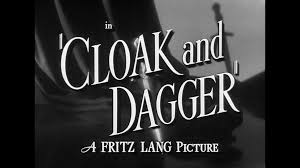
15. The Assassination of Caesar.
Biography.com says this about Caesar’s assassination, “Caesar’s wish to include his former Roman enemies in the government helped spell his downfall. Gaius Cassius Longinus and Marcus Junius Brutus were both former enemies who’d joined the Senate. Together, the two of them led the assassination of Caesar on the Ides of March (the 15th), 44 BC.
It’s not altogether clear whether Caesar knew ahead of time of the plot to kill him. What was clear, though, was that the conspirators, who dubbed themselves “the liberators,” needed to act fast. By all accounts Caesar had plans to leave Rome on March 18 for a military campaign in what is now modern-day Iraq. There he hoped to avenge the losses suffered by Crassus.”
Shakespeare wrote one of the most quoted lines of all time as Caesars final words. “Et Tu Brute?”
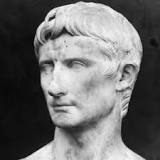
Sneak onto the next page to find out number 14 on our list of Top Secret Military Operations in history.
14. Kautilya and King Chandraqupta Maurya
Around 300 B.C.E, Kautilya was an advisor to King Chandraqupta Maurya of India. King Chandraqupta had defeated the Nanda kings(a group of kings that tried to rule together). The two men’s greatest top secret military operation, though, was the assassination of two of Alexander the Great’s governors, Nicanor and Philip. These assassinations helped stop the Greek invasion of India and eventually removed Greek society from India.

King Chandrqupta eventually adopted Buddhism and became what is considered to be the most just king in Indian history.
Kautilya wrote a book called, Arthasastra. It is considered by some to make Machiavelli’s The Prince seem tame.

Slide over to the next page to see number 13 on our list of Top Secret Military Operations in history.
13. The Edgewood Arsenal Drug Experiments
“The paranoia of the Cold War inspired the military to attempt some highly dubious experiments, but few compare to their nearly 20-year-long dalliance with illicit substances. Beginning in the 1950s, Maryland’s Edgewood Arsenal was home to a classified Army research program on psychoactive drugs and other chemical agents. More than 5,000 soldiers served as guinea pigs for the project, which was intended to identify non-lethal incapacitating agents for use in combat and interrogations.

Unsuspecting Army grunts were given everything from marijuana and PCP to mescaline, LSD and a delirium-inducing chemical called BZ. Some were even dosed with potentially lethal nerve agents such as sarin and VX. While the tests produced reams of documentation on the effects of the substances, they discovered no wonder drugs and created very little practicable intelligence. Many of the subjects, meanwhile, were left with psychological trauma and lingering health problems. Following a public outcry and a Congressional hearing, the drug experiments were terminated in 1975.”- History.com
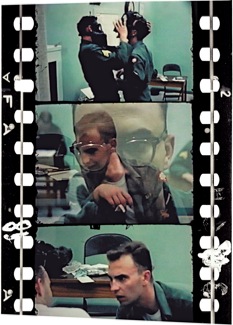
Check out secrets Marvel’s SHIELD and the US government have in common on the next page.
12. Operation Paperclip
While the Marvel’s SHIELD is totally fictional, the US attempts at recruiting German scientists is totally real.
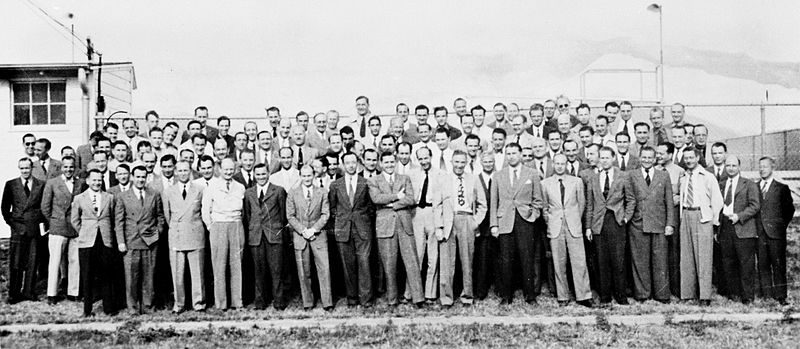
Scientists like Wenher Von Braun were convinced to come to the States and work for American companies and the government. If they did not, they could face punishment for their support of the Nazi party.
Von Braun helped to create rockets and eventually helped get the US to the moon.
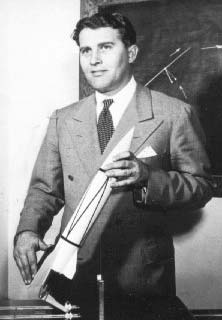
Check out the secret that got a President out of Office on the next page.
11. Watergate
“”Five Held in Plot to Bug Democratic Offices Here,” said the headline at the bottom of page one in the Washington Post on Sunday, June 18, 1972. The story reported that a team of burglars had been arrested inside the offices of the Democratic National Committee in the Watergate office complex in Washington.”- Washingtonpost.com
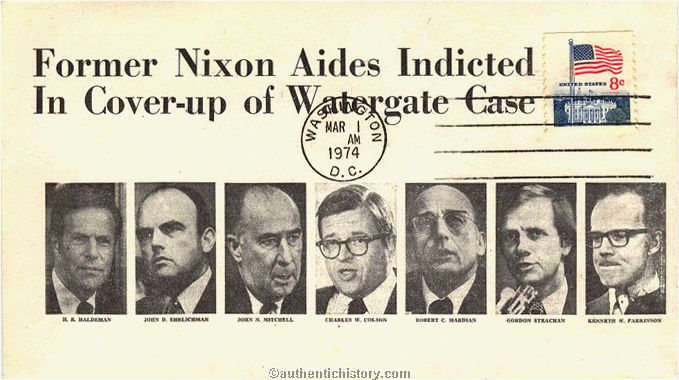
“Four of them formerly had been active in Central Intelligence Agency (CIA) activities against Fidel Castro in Cuba. (Though often referred to in the press as “Cubans,” only three of the four were of Cuban heritage.) The fifth, James W. McCord, Jr., was the security chief of the Committee to Re-elect the President (later known popularly as CREEP), which was presided over by John Mitchell, Nixon’s former attorney general.” – Britannica.com.
The arrests eventually revealed that Nixon and his supporters had used re-election funding and executive power to arrange the burglary and subsequent cover ups. Nixon resigned from office after a very public Senate investigatory proceeding.
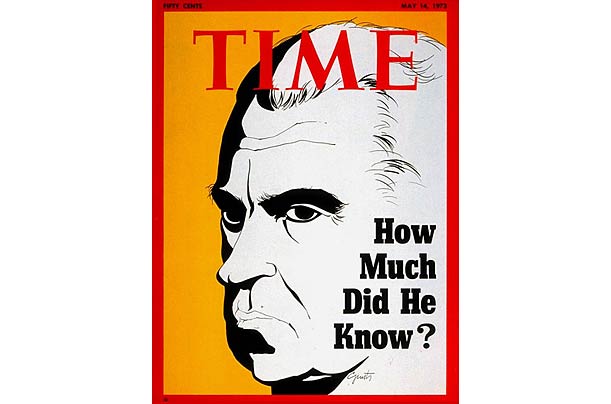
>Check out the group that ran secret missions during the Revolutionary War.
>10. George Washington and the Culper Sky Ring
General Washington was a great military commander who used spies and civilians to gather information about the British. Though Washington had several different groups working for him gathering intel, The Culper Spy Ring is one of the most successful.
“Culper Spy Ring, which included a mix of military officials and civilians {worked under the supervision and orders of George Washington}. As the war waged on, the Culper Ring emerged as one of the most successful and best-known operations of the era. It operated under the direction of Benjamin Tallmadge, who was also known as “John Bolton.” Many of the members of the Culper Ring were personal acquaintances of Tallmadge, recruited by him for this cause.

The members of the ring performed a complicated, clandestine ballet. Perhaps a tip would originate with Robert Townsend, or “Samuel Culper, Jr.”, a loyalist coffee-shop owner and society reporter, who often passed along the scoop he overheard at gatherings of the British elite. A message might then be communicated by Anna Strong, who would hang clothes on her clothesline in a specific manner to indicate that intelligence had been gathered. Or, a valuable nugget might be hidden away at a farm owned by Abraham Woodhull, known as “Samuel Culper.” It might then be picked up and transported by Caleb Brewster, who ran a whaleboat that traveled between Long Island and Connecticut.
The actions of the ring helped to seal the fate of the British. In 1780, the ring uncovered the Redcoats’ plans to ambush the French troops en route to aid the colonists. With this advance warning, Washington was able to prepare his defense, forcing the British to change their plans and cancel the surprise attacks. The ring also worked deftly to capture a British spy, Major John Andre, who was caught colluding with Benedict Arnold.”-Mountvernon.org.
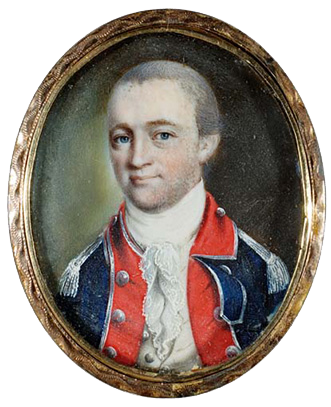
Head over to the next page to see one of the biggest missions in Israel.
9. Operation Wrath of God
Operation Wrath of God was undertaken by Israel after 11 Israeli Olympians were kidnapped and murdered at the Munich games.
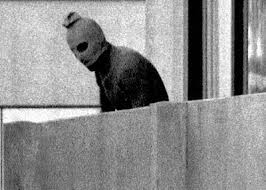
Israel did not approve of Germany’s handling of the suspects. And so they sent in their own secret units to kill the surviving suspects.
“The Wrath of God hit squad—code-named Bayonet—was made up of members of Mossad, Israel’s foreign intelligence agency, and supported by special operations teams from the Israel Defense Forces (IDF). The group spent years tracking down and killing those suspected of planning or participating in the Munich massacre. Three of the eight militants who had killed the athletes survived the massacre and were released weeks later from custody by the West German government in exchange for the crew of a hijacked Lufthansa jet; the other five died in a gun battle with police during a failed attempt to rescue the hostages.”-Britannica.com
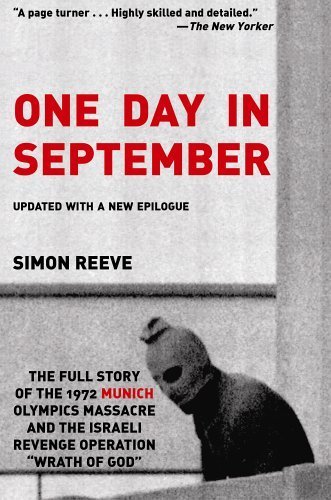
>Check out what the US secret hidden under the ice in Greenland.
8. Project Iceworm
“In 1958, the U.S. Army launched one of the most audacious experiments of the Cold War. As part of a top-secret project dubbed “Iceworm,” they drew up plans to hide hundreds of ballistic missiles under Greenland’s ice caps. Once operational and concealed beneath the Arctic snows, the sites would be poised for potential nuclear strikes on the Soviet mainland.
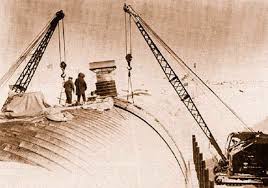
To test out their designs, the Army first built Camp Century, a prototype ice base constructed under the guise of being a scientific research facility. This sprawling outpost consisted of some two-dozen underground tunnels carved out of the ice sheet and reinforced with steel and snow. It had living quarters for more than 200 people and boasted its own laboratories, hospital and theater—all of it powered by a state-of-the-art portable nuclear reactor. Camp Century may have been a technological marvel, but it was no match for Mother Nature. After only a few years, shifts in the ice caps caused many of its tunnels to become warped and structurally unsound. Convinced Greenland was no place for nuclear weapons, the Army reluctantly scrapped the project in 1966.”-History.com
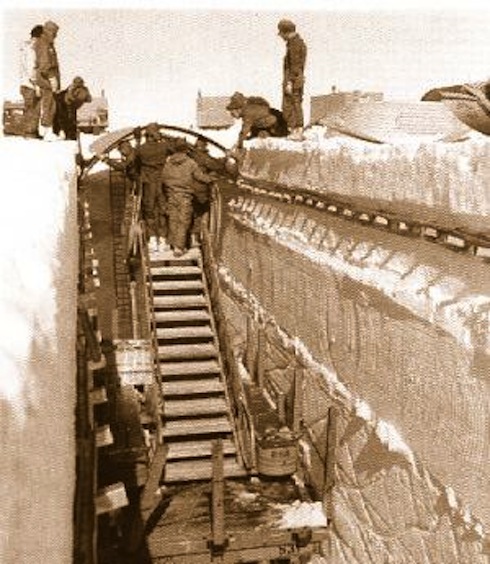
Want to see the worst secret operation mistake of the war in 2002? Move onto the next page.
7. The Wedding Party Incident
The JSOC, Joint Special Operations Command, including the SEALS, has become the go to group for secret military operations for the United States government. While they have had several (that we know of) successful missions on of the groups biggest failures happened in 2002.
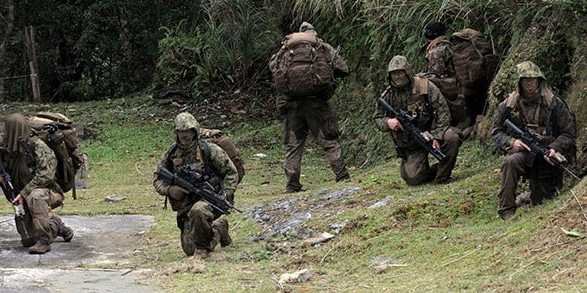
“On July 1, 2002, in what the Rand Corp. labeled “the single most serious errant attack of the entire war,” a JSOC reconnaissance team hunting Taliban came under attack and an AC-130 gunship fired upon six sites in the village of Kakarak. The estimates of civilian deaths ranged from 48 to hundreds. The “wedding party incident,” as it became known because a wedding party was among the targets accidentally hit, convinced many Afghans that U.S. forces disregarded the lives of civilians.”-The Washingtom Post
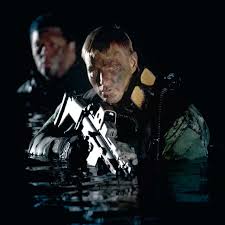
See how the Allies used a body to fool the Germans on the next page.
6. Operation Mincemeat
“In April 1943, the waterlogged corpse of a British Royal Marine was found floating off the coast of Spain. The dead Brit had a suspicious-looking attaché case chained to his wrist, and this soon caught the attention of the Germans, who colluded with pro-Nazi elements in the Spanish military to surreptitiously gain access to its contents. Inside they found a shocking letter to a British officer in Tunisia outlining a secret Allied scheme to stage an invasion of Sardinia and Greece in the coming weeks.
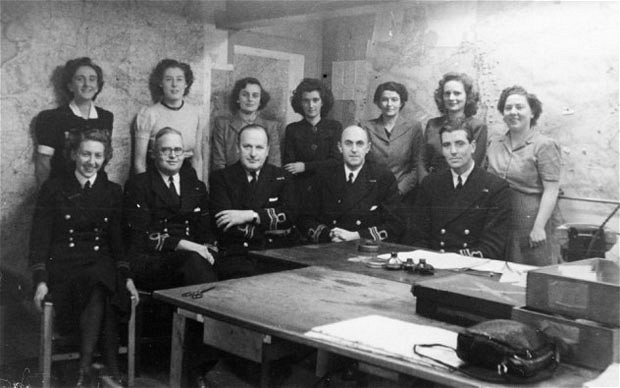
The dead man’s documents would have been a major intelligence coup for the Nazis, if not for one small issue: they were all fakes. As part of a plan dubbed “Operation Mincemeat,” British spymasters had dressed the body of a deceased tramp in the guise of a fictitious Allied courier named William Martin. After the corpse’s briefcase was stuffed with phony military plans, a Royal Navy submarine secretly deposited the body off Spain in the hope that it might hoodwink the Nazis. The result was the perfect con: not only did the Germans intercept what they believed to be crucial information about where the Allies would attack the Mediterranean, they were convinced they had done so without tipping off the British. Duped by Operation Mincemeat’s bogus intelligence, Hitler diverted tank divisions and other personnel to Greece, only to be caught off guard in July 1943, when the Allies instead invaded Sicily and Italy with some 160,000 troops.”-History.com
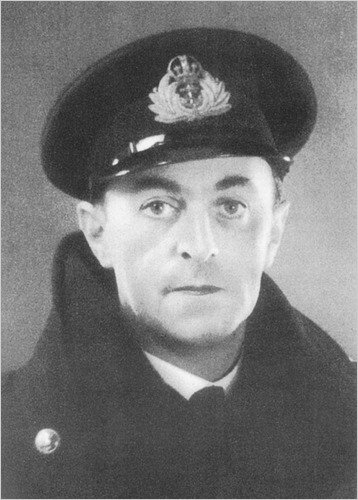
Check out the most famous secret operation in WW2 on the next page.
>5. D-Day
The Allied Forces created an entire Ghost army in order to trick the Germans into believe that they would attack somewhere else.
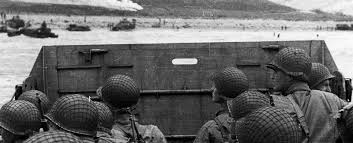
George Patton, an American general, and his staff made everything needed to create a fake army. They made fake radio broadcasts, fake training facilities, fake boats and planes, fake wedding announcements for fake solders, and even fake inflatable tanks.
Germans fell for the ruse, believing the aerial reconnaissance photos, and slightly hidden transmissions. Even during the actual invasion, the Allies continued to pretend that the fake attack was still happening. Pilots dropped aluminium strips to throw off German radar readings.
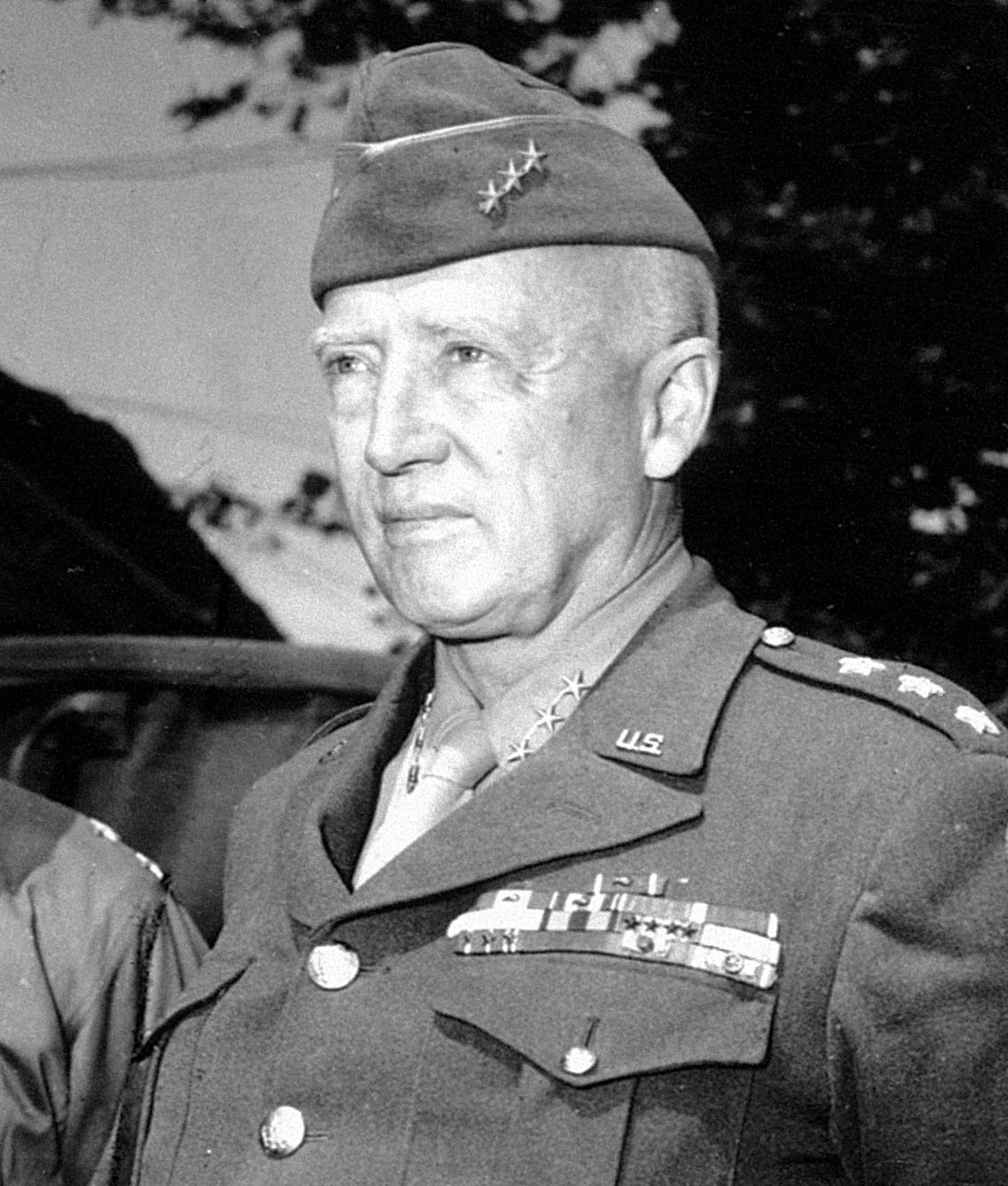
The secret operation that ended the Pacific War is just one page away.
4. The Manhattan Project
“In the early 1940s, the U.S. government authorized a top-secret program of nuclear testing and development, codenamed “The Manhattan Project.”
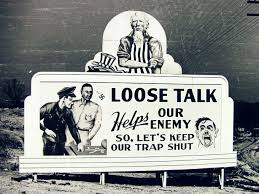
Its goal was the development of the world’s first atomic bomb. Much of the research and development for the project occurred at a facility built in Los Alamos, New Mexico. In July 1945, Los Alamos scientists successfully exploded the first atomic bomb at the Trinity test site, located in nearby Alamogordo.”-History.com
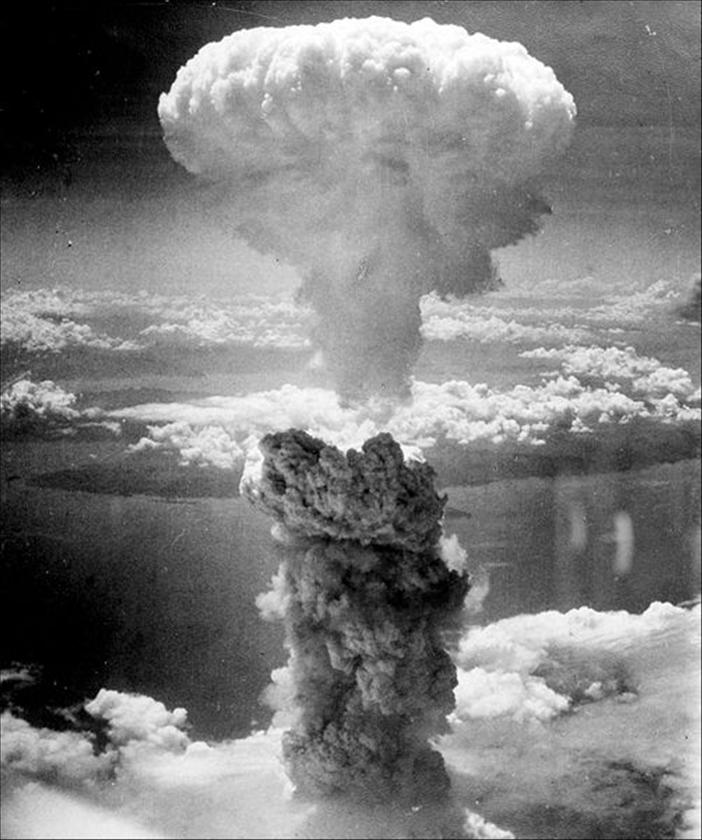
Ever misplaced something important. Check out the secret plans that ended up in the wrong hands on the next page.
3. Civil War Cigar Box
One of the greatest top secret military operations failed miserablly. General Lee and his men “lost” a set of documents with their battle plan on them. Wrapped up with cigars, the documents were later found in a field by a a Union soldier.
“Lee made a fateful decision while camped at the farm (now part of Monocacy National Battlefield, host of the lost orders exhibit): He would divide his army into four parts. While portions of the Confederate force would move deeper into Maryland, others would capture the federal garrison at Harper’s Ferry (now West Virginia), and then all would reunite to press their advance toward Pennsylvania.
He detailed the bold plan in Special Orders 191 and had copies distributed to commanders. After reading the top-secret order, one recipient sewed his copy into his coat lining, one burned his, and Gen. James Longstreet wadded his up and chewed it like plugs of tobacco.
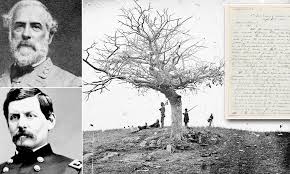
But, almost incredibly, when the army marched from Frederick to carry out the order, something ‘freakish’ happened, as Sears put it: One copy was somehow dropped. No one has ever conclusively determined how.
Tucked in an envelope, which also contained a few cigars, the two pages fell in a field under a locust tree where soon afterward the Union army, slowly shadowing the invaders, moved in.
The 27th Indiana was part of that army, and Sgt. John Bloss picks up the story in a letter home: ‘Corporal Mitchell was very fortunate at Frederick. He found General Lee’s plan of attack on Maryland and what each division of his army was to do. I was with him when he found it and read it first. I seen its importance and took it to the Col. He immediately took it to General Gordon, he said it was worth a Mint of Money & sent it to General McClellan.'”-dailymail.com
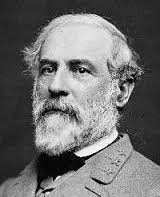
Russians in California?? Check out the secret base on the next page.
2. Fort Ross in California.
Did you know that there is an old Russian fort in California?
“Records show that after 1812 there were from twenty-five to one hundred Russians and from fifty to one hundred twenty-five Native Alaskans at the settlement at any given time. The number of the Kashaya, who came to work as day laborers, varied with the seasons. Records indicate the presence of only a few Russian women in the colony (the most prominent of whom was the wife of the last manager); “creole” and Alaskan women were somewhat more numerous. However, during the life of the colony, a number of Russians and Alaskan natives married California Indian women—Kashaya, Coast Miwok and Southern Pomo—with the consent of tribal and Company authorities. The children at the settlement, who made up about a third of the residents by the mid-1830s, were almost all considered as “Creoles,” born of these ethnically mixed unions.

Everyone in the vicinity of Fort Ross labored for the Russian-American Company. The organization and operation of the colony followed the same general pattern as in the Company’s Alaskan settlements. The Ross colony, as in Alaska, was headed by a manager. He was paid a salary and given living quarters, and, although he also had servants, he worked as hard as any of the colonists, even finding time to tend a garden to add to the food supply. Kuskov, the first manager, was a particularly avid gardener, growing cabbage and beets for pickling, with enough produce harvested for shipments to be sent to Sitka for distribution in Alaska. The Ross settlement had five managers during its existence—Kuskov served from 1812 to 1821, Karl Ivanovich Schmidt from 1821 to 1824, Pavel [Paul] Ivanovich Shelikhov from 1825 to 1830, Peter Stepanovich Kostromitinov from 1830 to 1838, and Alexander Gavrilovich Rotchev from 1838 to 1841.”-Fortross.org
The Fort operated from 1812-1842. All the while on land that Russia did not own.
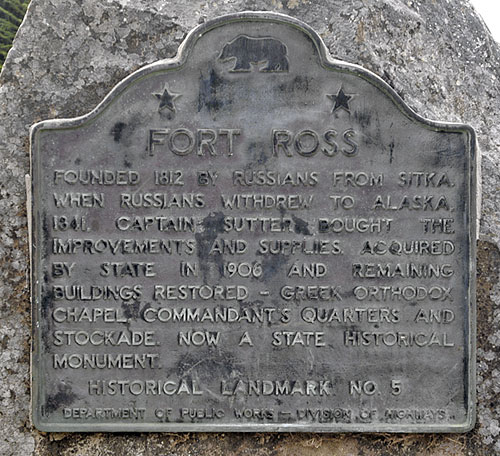
Our number 1 secret operation is just one page away. Find out what it is!
1. The Lewis and Clark Expedition
“In 1803 President Thomas Jefferson guided a splendid piece of foreign diplomacy through the U.S. Senate: the purchase of Louisiana territory from France. After the Louisiana Purchase Treaty was made, Jefferson initiated an exploration of the newly purchased land and the territory beyond the “great rock mountains” in the West…
The Expedition of the Corps of Discovery shaped a crude route to the waters of the Pacific and marked an initial pathway for the new nation to spread westward from ocean to ocean, fulfilling what would become to many Americans an obvious destiny.”-Archives.gov.
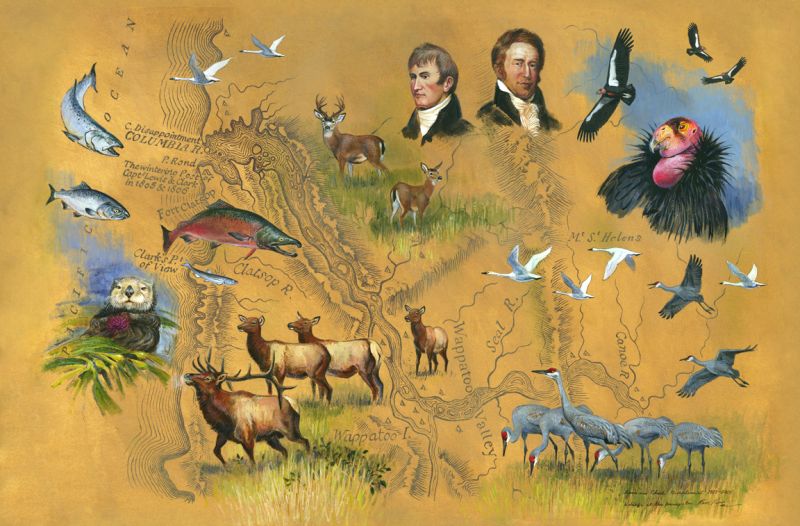
The Expedition was actually a US military operation. Both Lewis and Clark were given officer commissions. The men were tasked with documenting all of their finds, making maps, and were given specific instructions to reach out and make alliances with the local native tribes.
The details of the Expedition were kept secret due to outside parties trying to prevent US expansion. This makes the Expedition one of the most successful top secret military operation on US soil.
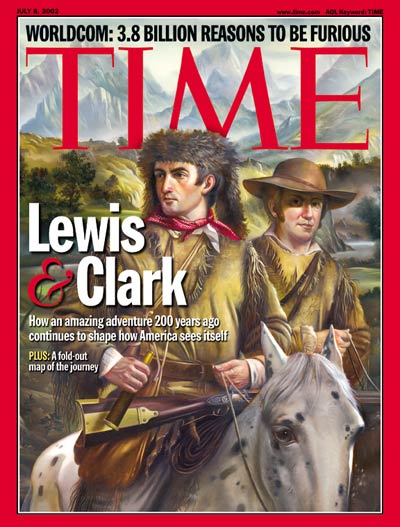
These top secret military operations in history are only the tip of an unknown iceberg. We will probably never know all the operations that nations around the world and throughout history that have happened.
